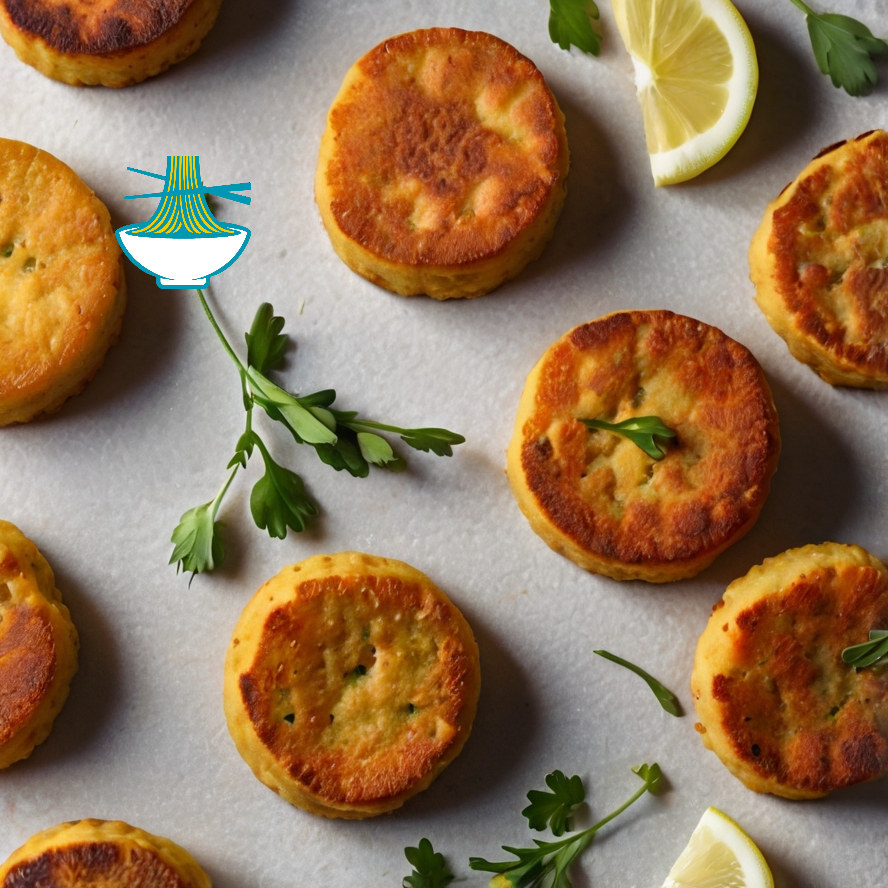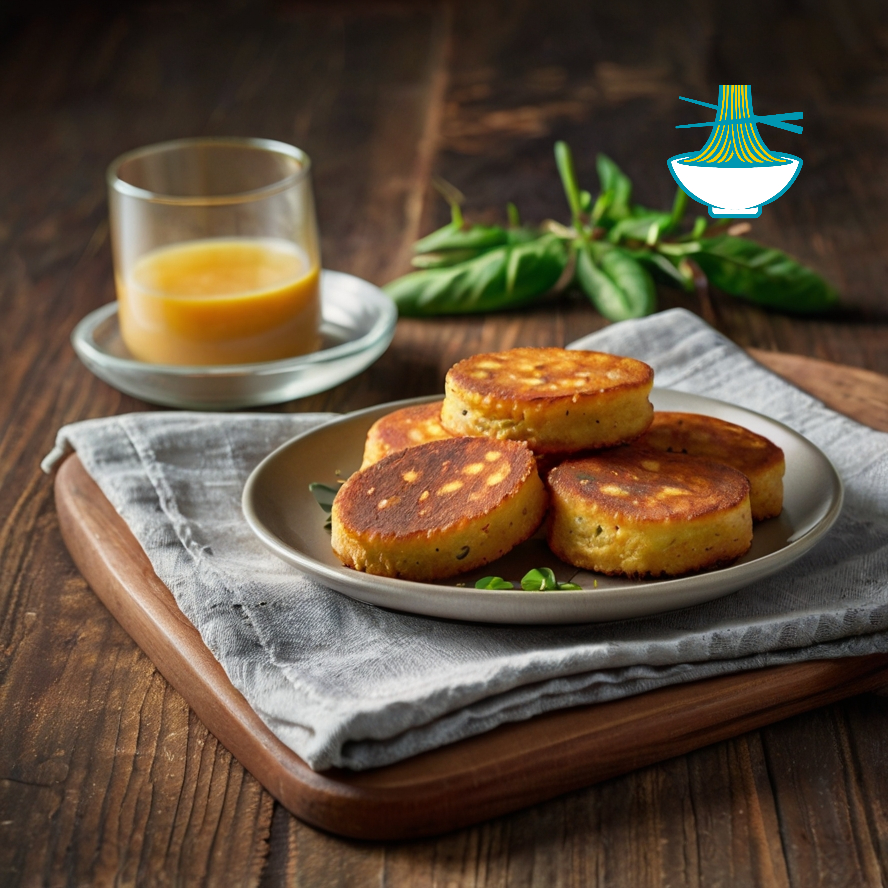Discover how to make Panisse, a savory and crispy snack or side dish made from chickpea flour. This popular recipe features fried chickpea flour cakes that are golden brown on the outside and tender on the inside. Perfect for serving as an appetizer, side dish, or a tasty treat. Easy to prepare and full of flavor, Panisse is a must-try for any fan of chickpea-based dishes.
Ingredients:
- 1 cup chickpea flour (also known as besan or gram flour)
- 2 cups water
- 1/4 cup olive oil
- 1 teaspoon salt
- 1/2 teaspoon black pepper
- 1/2 teaspoon ground cumin (optional)
- 1/2 teaspoon paprika (optional)
- Oil for frying
Instructions:
Prepare the Batter:
- In a medium saucepan, combine the chickpea flour, water, olive oil, salt, and pepper. If using, add cumin and paprika.
- Whisk continuously over medium heat until the mixture begins to thicken and pull away from the sides of the pan. This should take about 5-7 minutes.
Set the Mixture:
- Transfer the thickened batter to a greased 8-inch square pan or a similar-sized dish.
- Smooth the top with a spatula and let it cool at room temperature. Once cooled, refrigerate for at least 1 hour to firm up.
Cut and Fry:
- After chilling, cut the set mixture into squares or rectangles.
- Heat oil in a frying pan over medium-high heat. Fry the chickpea flour pieces until they are golden brown and crispy on both sides, about 2-3 minutes per side.
- Remove and drain on paper towels.
Serve:
- Serve your Panisse hot as a snack or side dish. They pair well with dipping sauces or a fresh salad.
Enjoy your crispy, savory Panisse!
Nutritional Values:
Chickpea Flour (Besan)
- Calories: 356
- Protein: 21g
- Carbohydrates: 53g
- Fiber: 10g
- Fat: 6g
- Iron: 4.8mg (27% DV)
- Calcium: 70mg (7% DV)
Benefits:
- High in Protein: Chickpea flour is a rich source of plant-based protein, supporting muscle growth and repair.
- Good Source of Fiber: It aids in digestion and helps maintain a healthy digestive system.
- Rich in Vitamins and Minerals: Contains iron and calcium, essential for maintaining healthy blood and bones.
- Low Glycemic Index: Helps manage blood sugar levels and can be beneficial for people with diabetes.
Olive Oil
- Calories: 119
- Protein: 0g
- Carbohydrates: 0g
- Fat: 14g
- Saturated Fat: 2g
- Monounsaturated Fat: 10g
- Vitamin E: 1.9mg (10% DV)
Benefits:
- Rich in Healthy Fats: Contains monounsaturated fats, which are good for heart health.
- Anti-inflammatory Properties: Contains antioxidants like vitamin E, which can help reduce inflammation.
- Supports Heart Health: Regular consumption can lower the risk of heart disease.
Salt
- Sodium: 2,325mg (101% DV)
Benefits:
- Essential for Electrolyte Balance: Sodium helps regulate fluid balance and nerve function. However, excessive consumption should be avoided.
Black Pepper
- Calories: 6
- Protein: 0g
- Carbohydrates: 1g
- Fiber: 1g
- Fat: 0g
Benefits:
- Rich in Antioxidants: Contains piperine, which has antioxidant properties.
- Aids Digestion: May help stimulate digestive enzymes and improve gut health.
- Enhances Nutrient Absorption: Can increase the absorption of certain nutrients, like curcumin from turmeric.
Ground Cumin (Optional)
- Calories: 8
- Protein: 0g
- Carbohydrates: 1g
- Fiber: 1g
- Fat: 0g
Benefits:
- Supports Digestion: Known for its digestive properties and may help with bloating and gas.
- Rich in Iron: Helps improve iron levels in the body, supporting overall energy levels.
Paprika (Optional)
- Calories: 6
- Protein: 0g
- Carbohydrates: 1g
- Fiber: 1g
- Fat: 0g
Benefits:
- Rich in Antioxidants: Contains vitamins A and C, which can help protect cells from damage.
- Supports Immune Function: High in vitamin A, which is important for immune health.
Oil for Frying
- Nutritional Values: Varies depending on the type of oil used. Generally, frying adds additional calories and fat.
Benefits: The choice of oil affects the nutritional profile. Using oils with higher monounsaturated fats (like olive oil) is healthier compared to oils high in saturated fats.


Comments